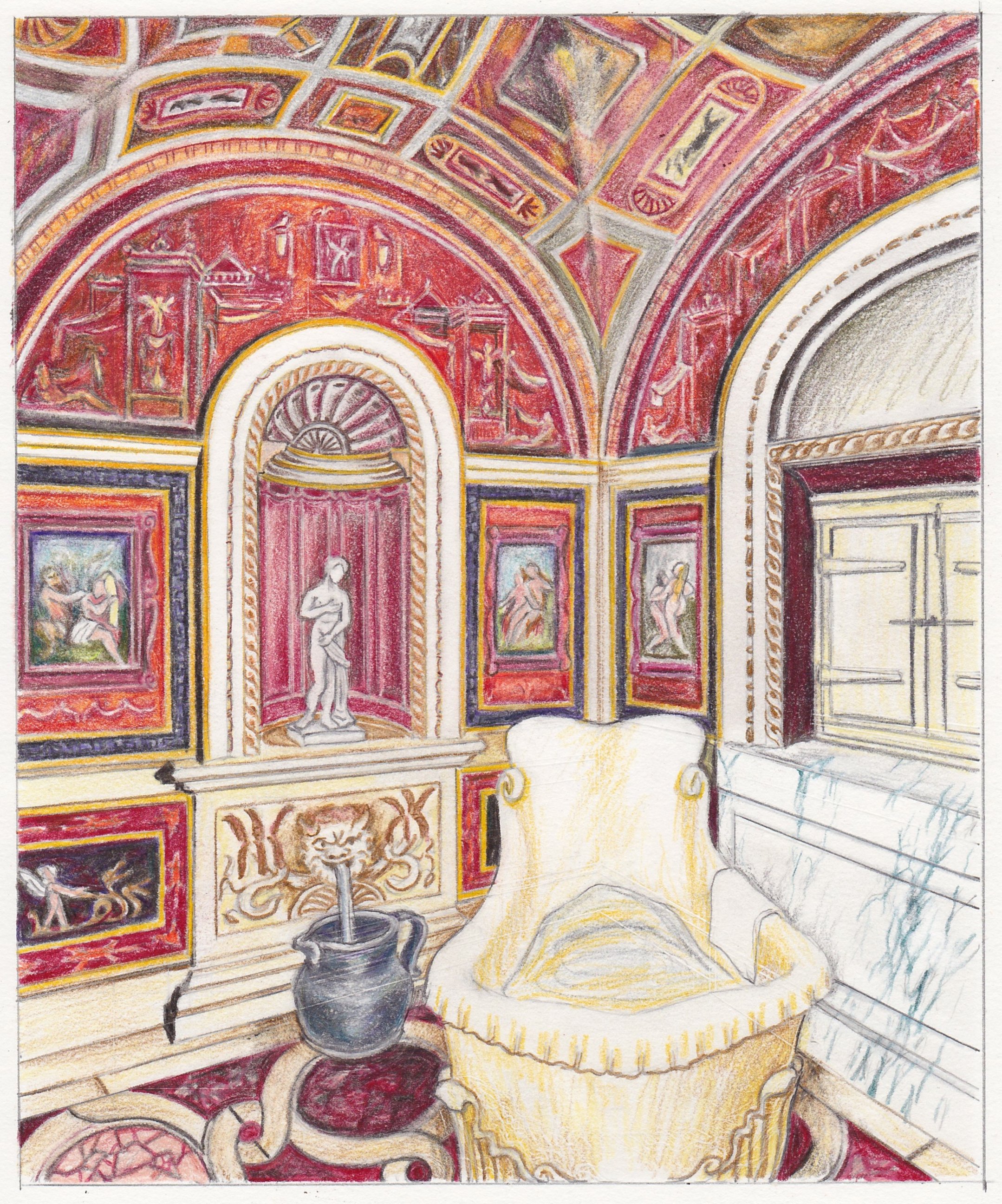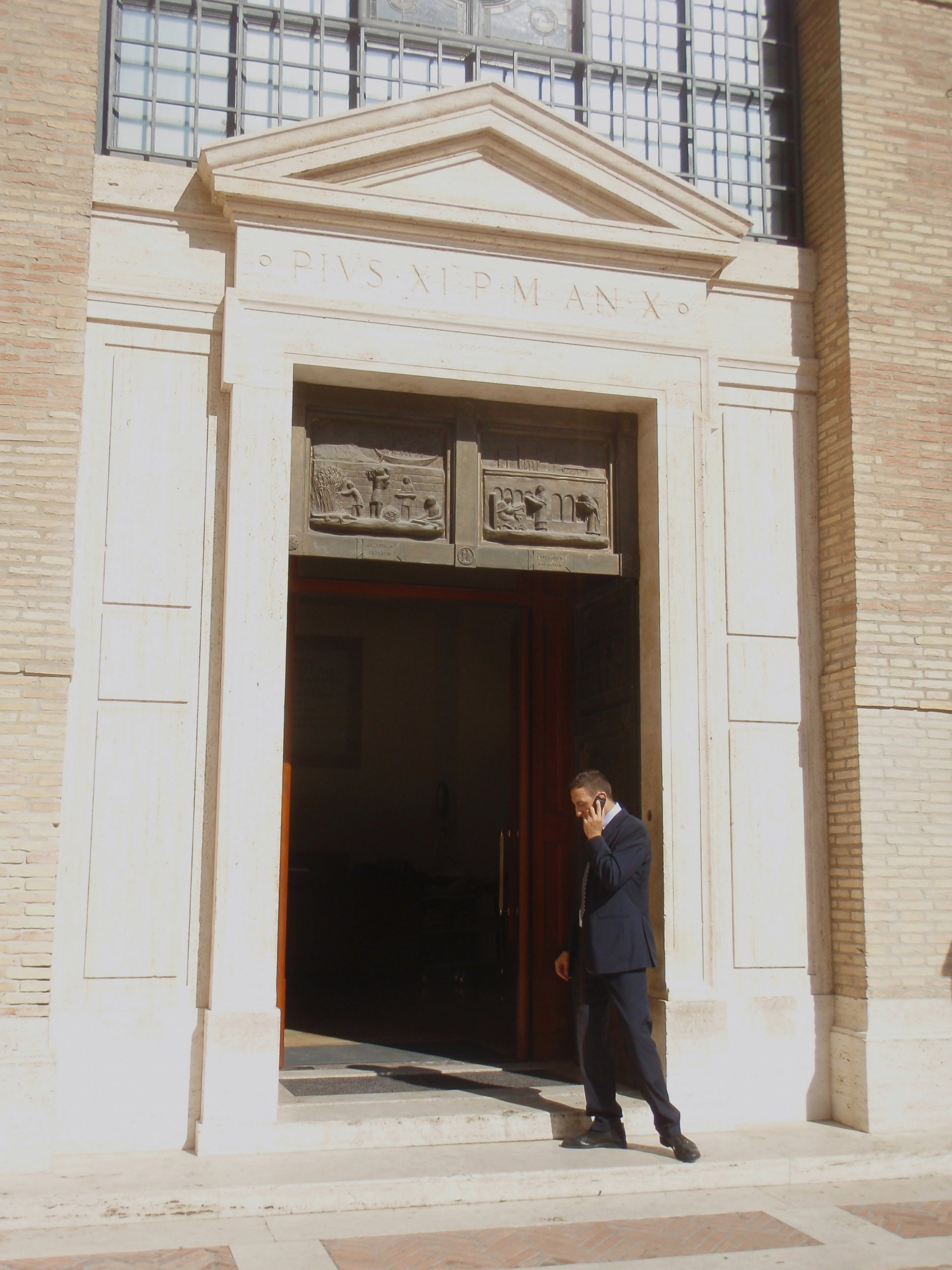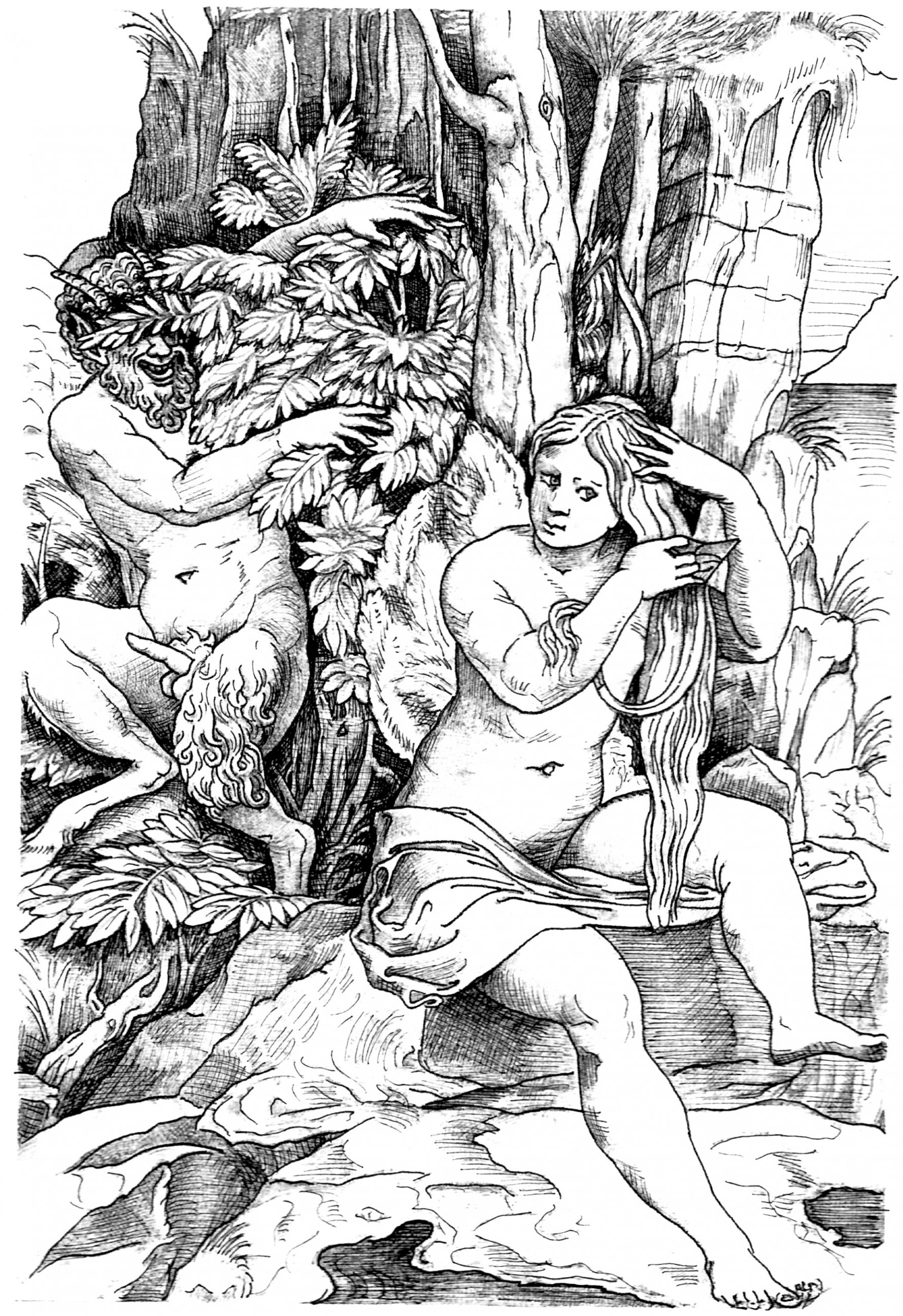Secret Rooms, Passageways, Erotic Frescoes of the Vatican
"I saw Venus naked, doing her hair at the lake," says one scholar.
Dec. 18, 2013— -- Vatican City is the smallest country in the world. It is an eighth the size of New York's Central Park and is governed as an absolute monarchy with the pope at its head, writes Christopher Klein in "10 Things You May Not Know About the Vatican."
And since it holds secrets, the day of a "consistory" -- when the pope elevates new cardinals at a formal ceremony in St. Peter's Basilica -- is the best time to visit.
"The Vatican's Apostolic Palace, usually highly guarded from the public, hosts' 'visite di calore' [visits of warmth] for meets and greets with the new cardinals, said Father John Wauck, an American professor in Rome. "Nearly everything, the great halls and stairways, are open, and you can wander around and stroll through places usually reserved for heads of state," as long as the guards don't catch you.
Wauck said his first choice for a "secret" visit would be the residence of Benedict XVI in the Vatican gardens. "This is a kind of secret, in part because it is something new in the Vatican, and tourists are not allowed there," he said.

Wauck's next choice is not a room but an ancient hidden passageway. "There is a hollow wall, constructed in 1277, that runs from the papal apartments to the Castel Sant Angelo, the tomb of the Roman Emperor Hadrian, which looks like an impregnable castle with a moat around it," he said. In the Middle Ages the Tomb of Hadrian was made into a fortress, "and popes have used this passageway to seek refuge there," said Wauck. The passageway served as an escape route for popes, according to Klein, "most notably in 1527, when it likely saved the life of Pope Clement VII during the sack of Rome."
Wauck's favorite hidden area is the Roman cemetery located beneath the Basilica of St. Peter. The Vatican Necropolis, known as the "scavi," requires special reservations, but it is worth making the extra effort, said Wauck, who praised the tombs for their beautifully preserved frescoes, sarcophagi and ancient Christian inscriptions. Reservations for the Scavi tour can be made through the Vatican Excavations Office.

Perhaps the most intriguing secret of the Vatican is, surprisingly, a bathroom -- decorated in erotic frescoes -- in the papal apartments. According to Tony Perrottet, author of "A Journey Through the Historic Underbelly of Europe," this bathroom was painted in 1516 by the Renaissance master Raphael and is called the Stufetta della Bibbiena, the "small heated room of Cardinal Bibbiena," the official who commissioned the work.
"It had been painted over and then restored. Its existence was denied. Art historians had heard of it, but photos of it from the 1930s were murky and dark," said Perrottet. Gaining entry to this bathroom was Perrottet's greatest challenge while researching his book, he said.
Denied at first, Perrottet pleaded his case, and a bishop rejuggled the pope's schedule so that Perrottet could be quickly snuck in for a brief visit.

"It was very exciting," he said. "One of the clerics took me in for five minutes. The room was filled with erotic frescoes. I saw Venus naked doing her hair by the lake, her legs akimbo, and I had to get to the monsignor to step aside to see the most famous one -- Pan pleasuring himself." Perrottet was not allowed to take photographs but made a few drawings.
Stufetta may have been the highlight for Perrottet, but another treat was visiting the Tower of the Winds, the Vatican's first astronomy tower. The 200-foot-high structure was built in 1578 so that the pope's astronomers could track the movements of the sun and stars and record the shifting directions of the wind.
But because access is only through the Vatican Secret Archives, very few outsiders get to set foot in there.
If one is lucky enough to visit any of these secret rooms, the best way to end the trip is with a cappuccino and perhaps a pastry at the Vatican cafe, a haunt of academics from the Secret Archives. The cafe, thankfully, requires no special permission.




